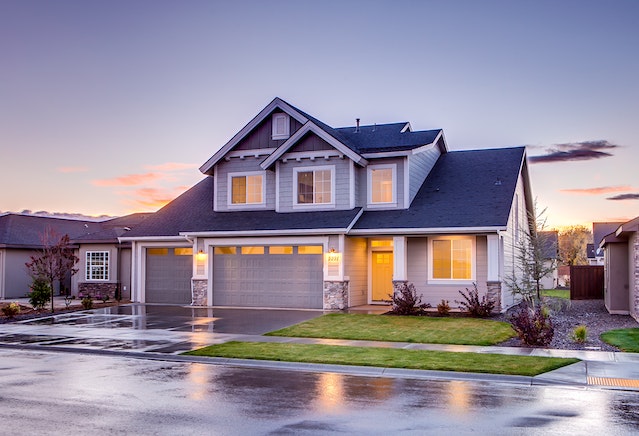You will be able to refresh the appearance of your property when you repaint its exterior. This is a good way to improve curb appeal and express your personal style. But it can be a little difficult to choose the right colour palette for it as there are so many shades, colours and finishes on the market.
You have to think about
The architectural style of your home as well as the surroundings before you start thinking about a colour palette. There are specific colour palettes to certain architectural styles. For example, if you are considering exterior painting Albury for a Victorian style home, you can choose vibrant hues and intricate colour combinations. But if you have a modern home, you can go towards a more minimal colour palette. This will have subdued tones and clean lines. You also have to consider the architectural elements of your home such as the siding, roofing materials, trim and accents. The surroundings of your home also play a big role in the decision of which colour to go with. Think about the neighbourhood aesthetic, climate and natural surroundings and how this will affect the exterior colour. You can select a palette that suits the natural environment like earthy tones for a house in a rural setting. It will blend into to the surroundings seamlessly and you can have a few accents for interest. If you are in a seaside location, you can look for coastal inspired hues for a visually pleasing result.

You have to think about the community guidelines
And the exterior paint colours used by neighbouring homes. You can choose your colours to complement the overall streetscape instead of clashing with it so that it adds to the neighbourhood charm. You can affect the atmosphere and evoke certain emotions with the use of colour. It is a great way to express personality. Different colours tend to have different psychological effects. Warm tones can evoke warmth and energy. This includes reds, yellows and oranges. Cool tones like greys, greens and blues can give a sense of calmness and serenity. There is a high level of versatility in neutral colours like beiges and whites. These will allow architectural details in your home to stand out or blend into the landscape.

You have to remember that colours tend to appear different under varying light conditions.
This is why it is so important to test paint samples in different lighting conditions before you decide on the final colour. You have to think about how artificial light, natural light and shadows affect how the chosen colours appear throughout the day. You can paint a few swatches of colour to the exterior surfaces so that you can observe them at different times of the day. You need to look at how the colours interact with the architectural features of your home and the landscaping elements. Contrast can help create visual interest so you can use a mix of light and dark shades to create depth.














